The Ogaden region/Somali state is inhabited by Somalis and is geographically and administratively part of Ethiopia, but its political status remains unsettled. The war between Ethiopia and the resistance began with the Ethiopian incursion into the territory and intensified after the completion of the occupation but has never stopped. Because the inhabitants rejected the Ethiopian annexation, successive Ethiopian regimes pursued repressive policies to continue the occupation. This repression and the ensuing resistance to both the occupation and subsequent violations of human rights has meant that the region has not seen real peace since its forced incorporation into Ethiopia.
The consequences of this protracted war and the subsequent crackdowns have adversely and severely affected the lives and livelihoods of the inhabitants. As a result of this insecurity and the persistent repression by successive Ethiopian governments, normal life has become unattainable there, and instead, persistent hunger, refugee crises and human rights abuses have become the norms. The inhabitants are constantly displaced internally and externally. Over a million people fled to neighbouring countries during the 1970s and 1980s.
This historical analysis consists of two parts. The first part begins with the root causes of the Ogaden conflict, highlights the different stages of the fighting and its impacts on the living conditions of the inhabitants, and ends with a discussion on the prospects for a resolution to the conflict. The second part picks up the history from where the first one ended, casting light on the progress and political and humanitarian consequences of the conflict for the inhabitants of the Somali Region and for the wider Horn of Africa. It concludes with a prediction of the future scenarios for conflict resolution.
The Ogaden conflict is the main source of the wars and instability that persist in the Horn of Africa region. Because of this conflict’s wider impacts on that part of the African continent, a resolution to this conflict will not only lead to the alleviation of the suffering of the inhabitants of the Ogaden region but will also immensely contribute to peace in the Horn of Africa.
As a foundation for the study of Somali society in the Ogaden region, this historical book aims to shed light on the main issues affecting the conflict to contribute to the understanding of the problem and thereby hopefully to the resolution of the conflict.

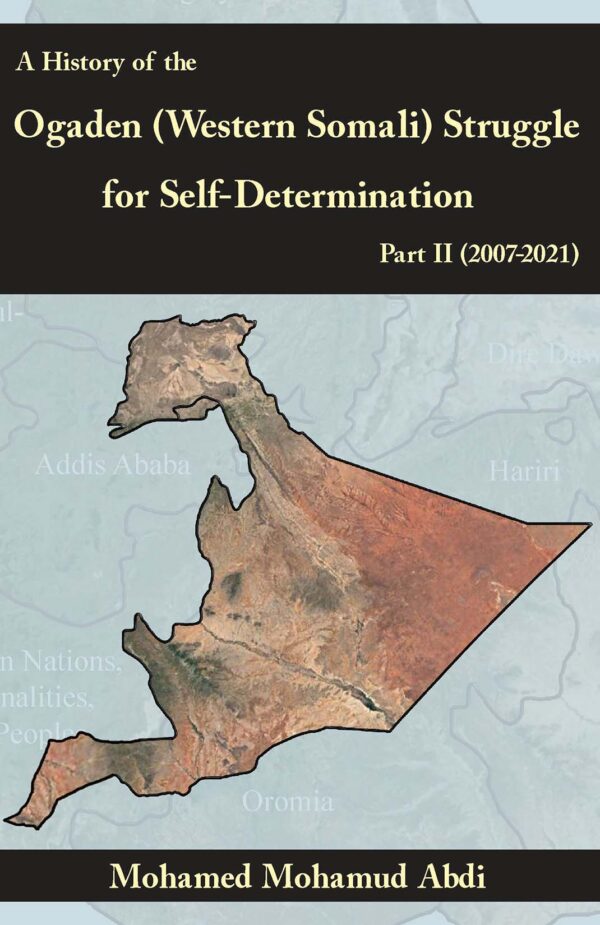
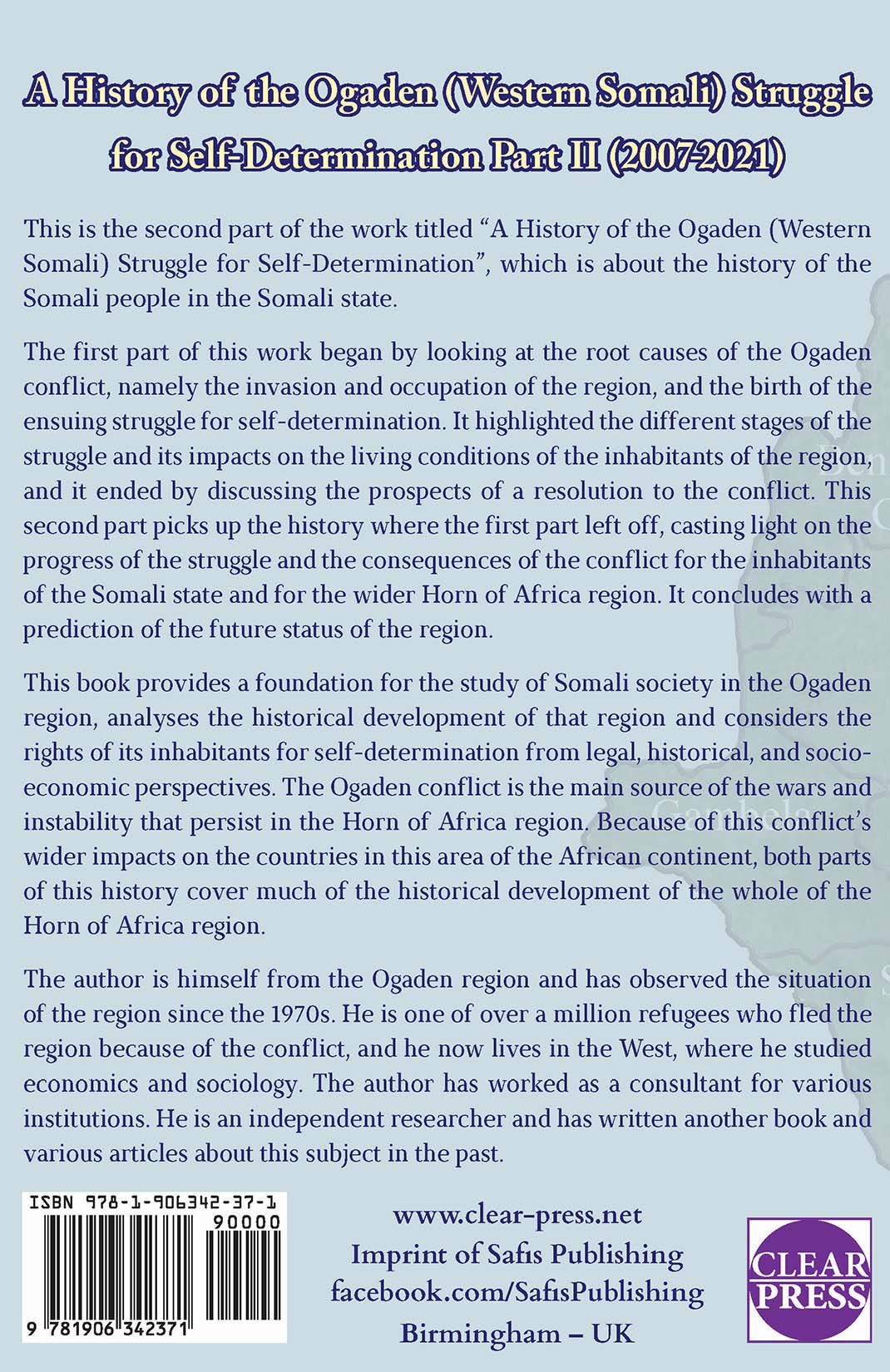
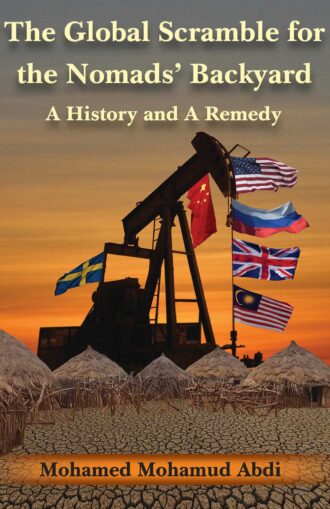
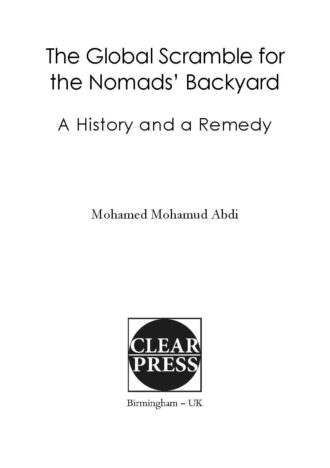
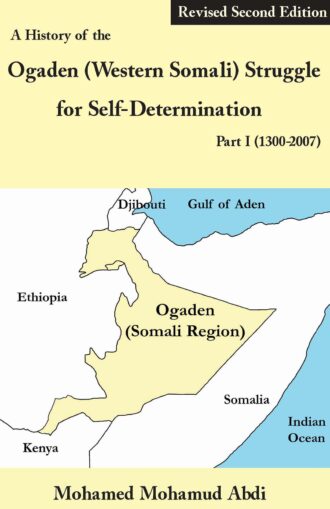
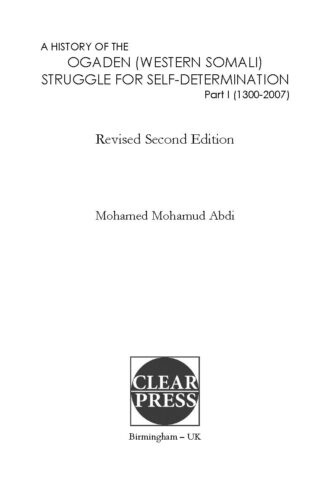
Reviews
There are no reviews yet.